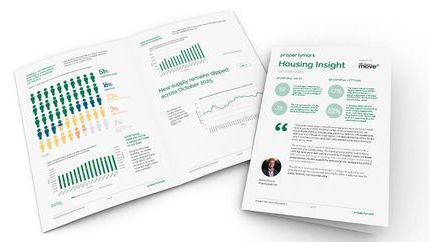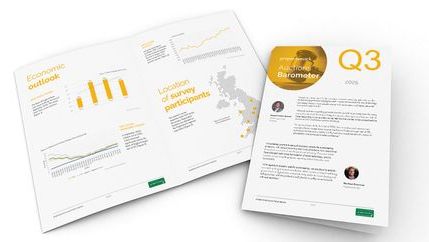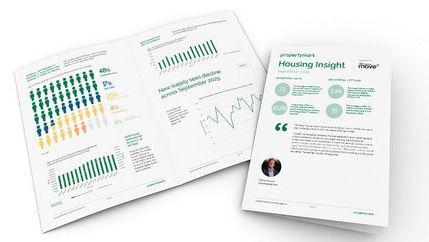
Reporting on the property sector
ONS rental data is a vital tool for the property sector. Propertymark uses the PIPR in its monthly Housing Insight Report to show members and policymakers trends in average rent levels across England, Scotland and Wales.
The statistics are also used in our campaigning to inform our consultation responses and lobbying activities. Member agents use them to advise landlords on whether rents are locally competitive.
The introduction of PIPR as a single UK-wide measure is certainly welcomed, although several key improvements are needed to ensure the data reflects the reality of the rental market and is more useful for agents and policymakers:
- Northern Ireland data to be brought in line with England, Scotland, and Wales so that trends can be compared consistently across the UK.
- Achieved rents, not advertised rents, to be used in Scotland and Northern Ireland, giving a more accurate reflection of what tenants are paying rather than what landlords are asking.
Alongside our consultation response, we have published guidance for agents on supplying rent data to the Valuation Office Agency. This helps ensure Local Housing Allowance rates and wider market analysis are based on accurate achieved rents — an approach we believe should also underpin the ONS’s PIPR.
- Affordability measures to be strengthened by publishing more up-to-date income data. Currently, income figures are only available annually, which makes it difficult to properly analyse regional affordability and compare rent levels with local wages.
- Plain English methodology explanations, especially for technical models such as Hedonic regression. The current guidance is accurate but assumes a high level of mathematical understanding; more accessible explanations would widen its use.
- Transparency around Rent Officer data collection, including how rents are recorded, why certain properties are sampled, and what purposes the data serves beyond ONS reporting.
We highlight, whilst recognising, that the biggest barrier to usefulness is the lag between collection and publication. PIPR figures are often several months old by the time they are released, which means they cannot fully support timely decision-making by agents, landlords, or policymakers. We urge ONS to explore ways of accelerating publication, even if only on a provisional basis.




